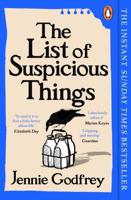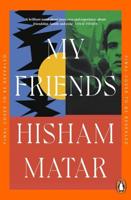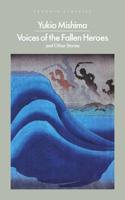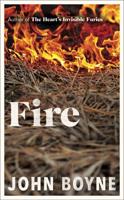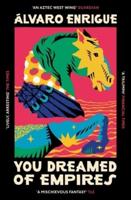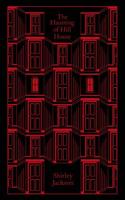Publisher's Synopsis
Hanson Booth (1886-1944) In life and since his death, Hanson Booth has been overshadowed by his older brother, Franklin Booth, a prodigious talent with an inimitable technique. Rather than compete with his brother, Hanson Booth chose different media and different markets and met with no small success himself. Hanson Booth was born on May 19, 1886, near Noblesville, Indiana, one of a large brood reared by John T. and Susan Wright Booth. Although their father did not always understand the artistic impulse, the Booth children were encouraged in their art by their mother. Largely self-taught as an artist, Franklin Booth was something of a late bloomer and wasn't published until he was in his mid twenties (in the Indianapolis News). Hanson Booth took a different path. He attended Indiana University and was illustrator and cartoonist for the yearbook, The Arbutus, in 1903-1904. Next came studies at the Chicago Art Institute under John Vanderpoel and C.F. Browne in 1905, and the Art Students League under George Bridgman in 1907. That same year, Booth began his career as a magazine illustrator. His older brother had already blazed a trail to New York City. The two men alternated between there and home for many years, sharing a studio in New York and an add-on to the Booth house in Indiana. Hanson Booth's list of magazine clients is long and impressive: The American Magazine, The Century, The Delineator, Everybody's Magazine, Harper's, Home, Pictorial Review, The Reader, Red Book, Scribner's, and Woman's World. He also illustrated many books, including Find the Woman by Gellett Burgess (1911), The Jack-Knife Man by Ellis Parker Butler (1913), Almanzar by Frank J. Davis (1918), and Renfrew in the Valley of Vanished Men by Laurie York Erskine (1936). Franklin Booth carved out a place for himself as a master of pen and ink. By choice or necessity, Hanson Booth worked in pencil and charcoal. The Indianapolis Star praised his work for its rich tonal quality and suggestion of painterly depth............. Edgar Alfred Jepson (1863-1938) was an English author. He largely wrote mainstream adventure and detective fiction, but also supernatural and fantasy stories. He sometimes used the pseudonym R. Edison Page. Early life: Edgar Jepson was born on 28 November 1863 at Kenilworth, Warwickshire. He was the second of five sons and three daughters raised by Alfred and Margaret Jepson. Jepson's father, a dentist, originally hailed from Gainsborough, Lincolnshire, while his mother was a native of London. Edgar Jepson attended Leamington College for Boys (today North Leamington School and later graduated from Balliol College, Oxford. After completing his education, Jepson spent some years living in Barbados, before taking up residence in the King's Bench Walk area of London where he began his literary career Career: As an author, Jepson used a pseudonym, R. Edison Page, for some of his short stories. In other works he collaborated with such authors as John Gawsworth, Arthur Machen and Hugh Clevely. Jepson was also a translator, notably of the Arsène Lupin stories of Maurice Leblanc. He was a member of the Square Club (from 1908) of established Edwardian authors, and one of the more senior members of the New Bohemians drinking club. Jepson edited Vanity Fair magazine for a short period, during which he employed Richard Middleton. After Middleton's death Jepson did much to preserve the latter's memory. Two of Jepson's children became writers. His son Selwyn Jepson was a crime writer, and his daughter, Margaret (married name Birkinshaw), published novels as Margaret Jepson, including Via Panama (1934). Margaret's younger daughter is the novelist Fay Weldon. Edgar Jepson died on 11 April 1938 at his home in Hampstead. He was survived by his son and both daughters and his former wife Frita Bisham Holmes, daughter of violinist and composer Henry Holmes.....


